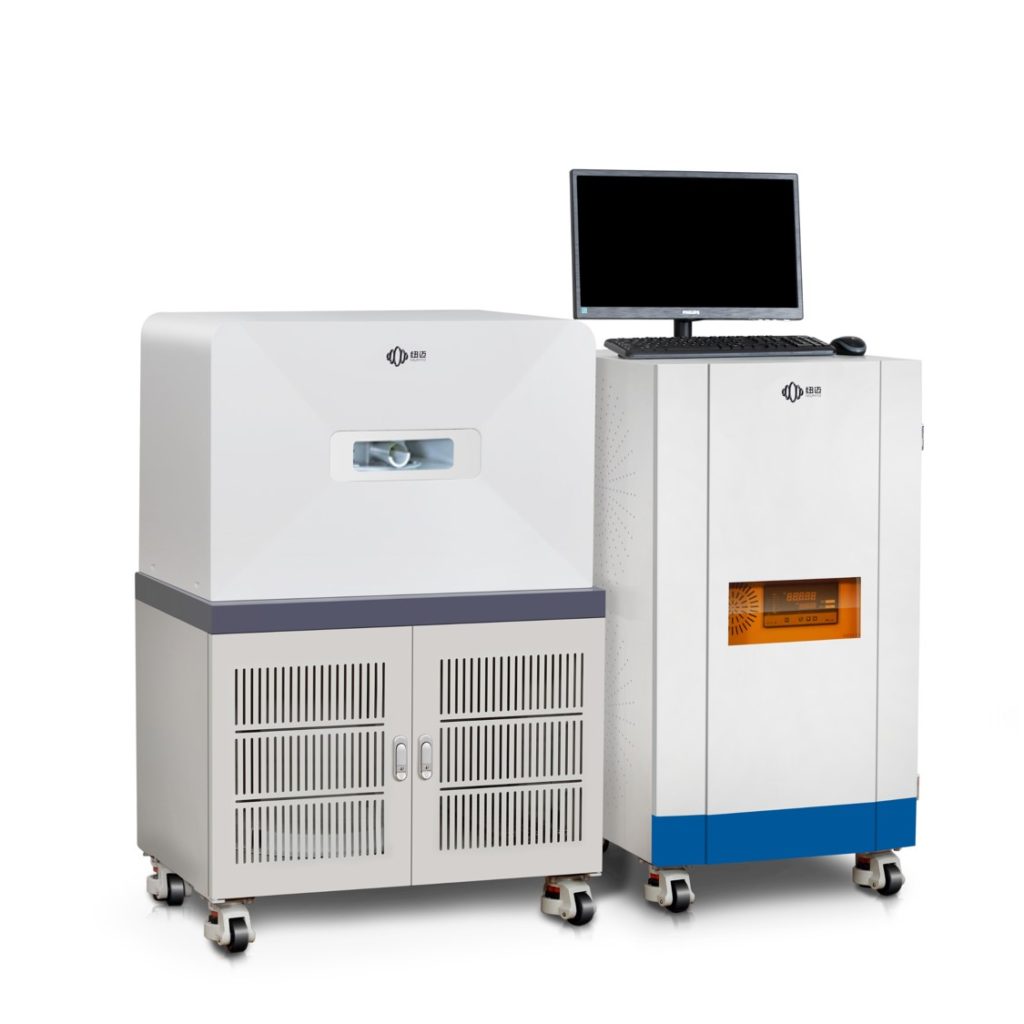Фон:
The rock core NMR analysis method is an important technical method for detecting the reservoir content of oil, gas and water in the formation. Most of the voids in the oil layer sandstone are interconnected. Under a certain pressure difference, the property that fluids (oil, газ, вода) will pass through, то есть, проницаемость, the size of permeability is expressed by permeability. The rock core NMR analysis method, with the help of the response law of hydrogen atoms to static magnetic fields and radio frequency pulsed magnetic fields, can accurately detect the presence of oil without being affected by the presence of mineral elements. According to different detection locations, NMR core permeability analysis methods are divided into downhole core permeability analysis and ground laboratory analysis methods. According to whether the detection is on-line and real-time, NMR core analysis methods can be divided into wireline logging and logging while drilling. The former refers to the detection and analysis of the permeability near the rock wall after the well has been drilled and after drilling. The latter, as the name suggests, is to perform surrounding core analysis simultaneously during drilling. Rock pores are composed of pores of different sizes. Each size of pore has its own characteristic relaxation time. Т2 attenuation curve can be obtained. After mathematical inversion technology, the relaxation time spectrum is calculated to obtain the fluid occupied by different pores. Делиться.
Technics:
In view of the current situation that there is no imaging of the fluid in the core porous medium, we provide a rock core NMR method for three-dimensional imaging of the permeability distribution in the core.
We implemented its technology. The solution adopted is: soak the sample cylindrical core in the MnCl2 aqueous solution for 24 hours, and then put it into the three-dimensional gradient coil group. The gradient coil group has a solenoid coil inside. The solenoid coil is used to generate a circularly polarized radio frequency magnetic field, which acts on the permeability.
There is a magnet around the gradient coil to generate a static magnetic field. The magnet may be a permanent magnet or a superconducting magnet. The imaging process we used to realize its technology is: the strong main static magnetic field generated by the magnet polarizes the hydrogen nuclei in the permeability of the core. Как результат, the paramagnetic particles Mn2+ diffuse into the water to make the water. The relaxation time is shortened below the detection limit of the instrument, while the relaxation time of hydrogen atoms in the oil remains unchanged. The oil saturation can be measured. Our beneficial effect is that the oil saturation of the liquid reservoir in the pore structure of the core can be seen in an imaging manner, and the pore radius of the rock can be further calculated through spatial integration.
 заплесневелый
заплесневелый
